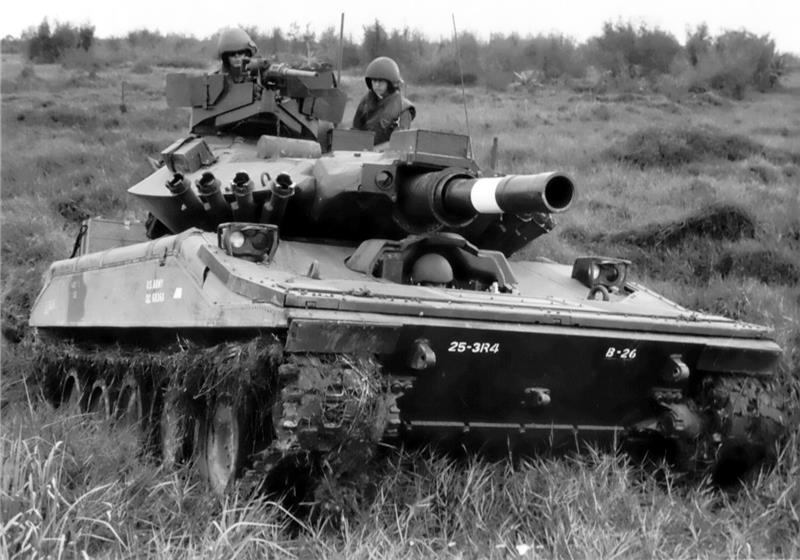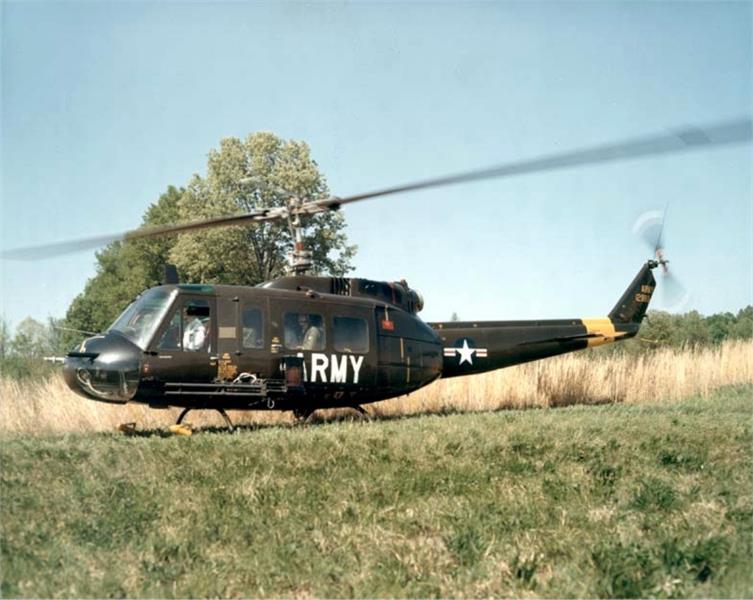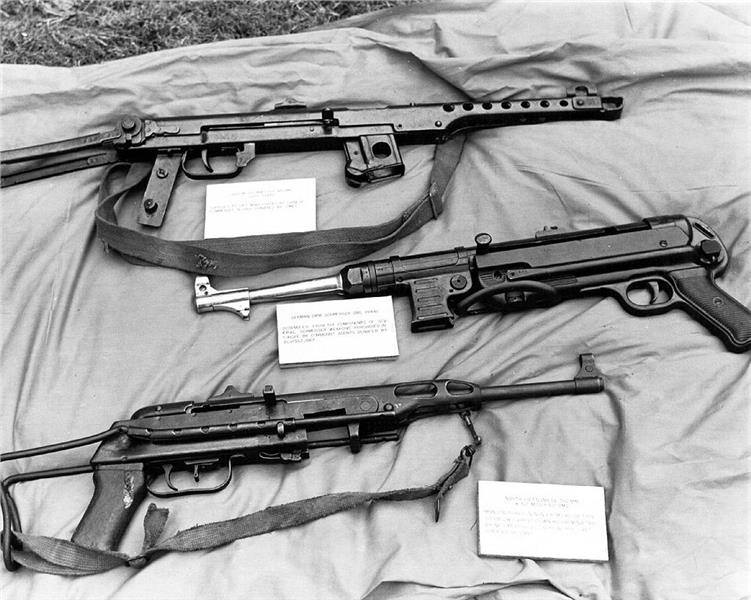A wide range of weapons was used by different armed forces in the Vietnam War. The armed forces included the Army of the Republic of Vietnam, the Vietnam People's Army also called Army of North Vietnam, Southern Liberation Army (a division of the People's Army of Vietnam) commonly known as the Vietnamese Communists; all units of the U.S. Army, and its allies as South Korea, Australia, New Zealand, Thailand and the Philippines.

Nearly all the coalition forces (including the Army of Republic of Vietnam, Korea, Thailand and Australia) equipped with American weapons, some of which, such as the M1 Carbine which was used to replace weapons dating from the World War II. To specify, weapons of the armed forces of the ARVN, US, South Korea, Australian, and New Zealand consisted of small arms like pistols and revolvers, infantry rifles, submachine guns, short guns, machine guns, grenades and mines, grenade launchers, and flamethrowers. In addition, infantry support weapons, artillery, combat aircraft, aircraft ordnance, aircraft weapons, vehicles, combat vehicles, and naval craft were widely used in the war.

The Vietnam People’s Army, despite inheriting a collection of weapons from the U.S., France, and Japan since the Second World War and the Indochina War, the major weapons in Vietnam War were supplied by China, the Soviet Union, and the Warsaw Pact. Some weapons such as K - 50M (a PPSh - 41 variant), and the “homemade” version of RPG - 2 (B - 40 guns) had been produced in Vietnam. There was also a variety of handmade weapons as landmines, jaws, bows and arrows, and bamboo trap, etc. often used by the guerrilla forces of the People's Army of Vietnam. In 1969, the U.S. Army identified 40 type rifle (carbine), 22 machine guns, 17 mortar types, 20 recoilless rifle or rocket launcher tubes, 9 anti-tank weapons, and 14 aircraft weapons used by ground troops of all sides. In addition to U.S. and allies’ forces, there were 24 armored vehicles and self-propelled artillery; and 26 guns and rocket launchers used.

In 1961 and 1962, the Kennedy administration authorized the use of chemicals to destroy vegetation and food crops in South Vietnam. Between 1961 and 1967, the U.S. Air Force sprayed 12 million U.S. gallons of herbicides, mainly Agent Orange (dioxin) across over 6 million acres (equal to 24,000 sq. kilometers) of foliage, trees and crops, which affected 13 percent of the land in South Vietnam. Herbicides were also used to drive cars of civilians to race in controlled areas of the Republic of Vietnam. In 1997, an article published by the Wall Street Journal reported that half of a million of children were born with deformities related to dioxin; and congenital defects in South Vietnam were fourfold those in the South North. The use of Agent Orange might have been contrary to international rules of war at the time. It also noted that the most victims of such an attack would likely be children. In 1967, a study of the Agronomy Department of the Japan Science Council concluded that 3.8 million acres (15,000 sq. km) of land had been destroyed, which killed 1000 civilians and 13,000 livestock.
